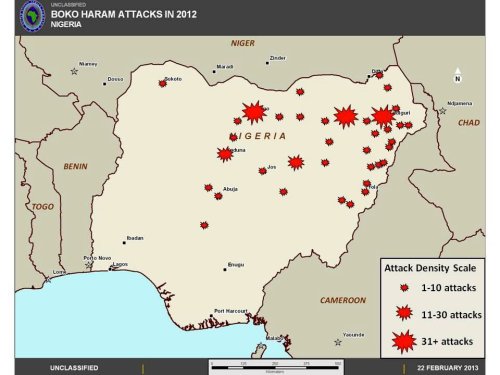Last week, Reuters reported that rotations of military advisors have been deploying to Somalia since at least 2007. The news agency quoted anonymous US government officials. These revelations come after the Pentagon admitted to a formal advisory mission at the beginning of the year. The official statement was that only three military personnel were in Moghadishu and had been there since October 2013, when they had established a Military Coordination Cell to liaise with Somali authorities and the African Union Mission in Somalia (AMISOM).

AMISOM troops stand on top of a WZ551 armored personnel carrier on the outskirts of Burubow in the Gedo region of Somalia in March 2014, shortly after it was liberated from Al Shabaab control.
These newly uncovered deployments consisted of up to one hundred and twenty special operations forces at a time and were timed to provide a persistent presence, according to Reuters. If these details are correct, these special operators might have participated in the targeting process for a string of air strikes and drone attacks, as well as various commando raids since 2007. US Africa Command (AFRICOM), which is currently responsible for operations in Somalia, disputed this, saying that the deployments were smaller and apparently only for specific missions.
The Central Intelligence Agency was largely believed to be in charge of US supported paramilitary activity inside of Somalia until recently. It appears that the Special Operations Command (SOCOM), and specifically the secretive Joint Special Operations Command (JSOC), may have also been directly involved in this covert effort. The Pentagon and AFRICOM have also clearly stepped up their overt activities in the restive east African nation since the beginning of 2013. AFRICOM has declined requests to elaborate on these missions beyond saying they are working closely with the Somali government and other African partners to combat the militant group Al Shabaab.
Al Shabaab came into existence in 2007 after Ethiopian troops and Somali militia routed the Islamic Courts Union (ICU), a fundamentalist Islamist organization that had taken control of significant portions of the country. Al Shabaab, formed from the remnants of the ICU’s military wing, has continued to fight pro-government forces and international peacekeepers, now operating under the AMISOM title. Al Shabaab assassinated Somali parliamentarian Ahmed Mohamud ‘Hayd’ just last week and killed four people with a car bomb outside the parliament building in Mogadishu yesterday. These attacks are simply the latest in a string of increasingly aggressive responses to AMISOM’s latest offensive. The situation in the country remains complex and fluid.





